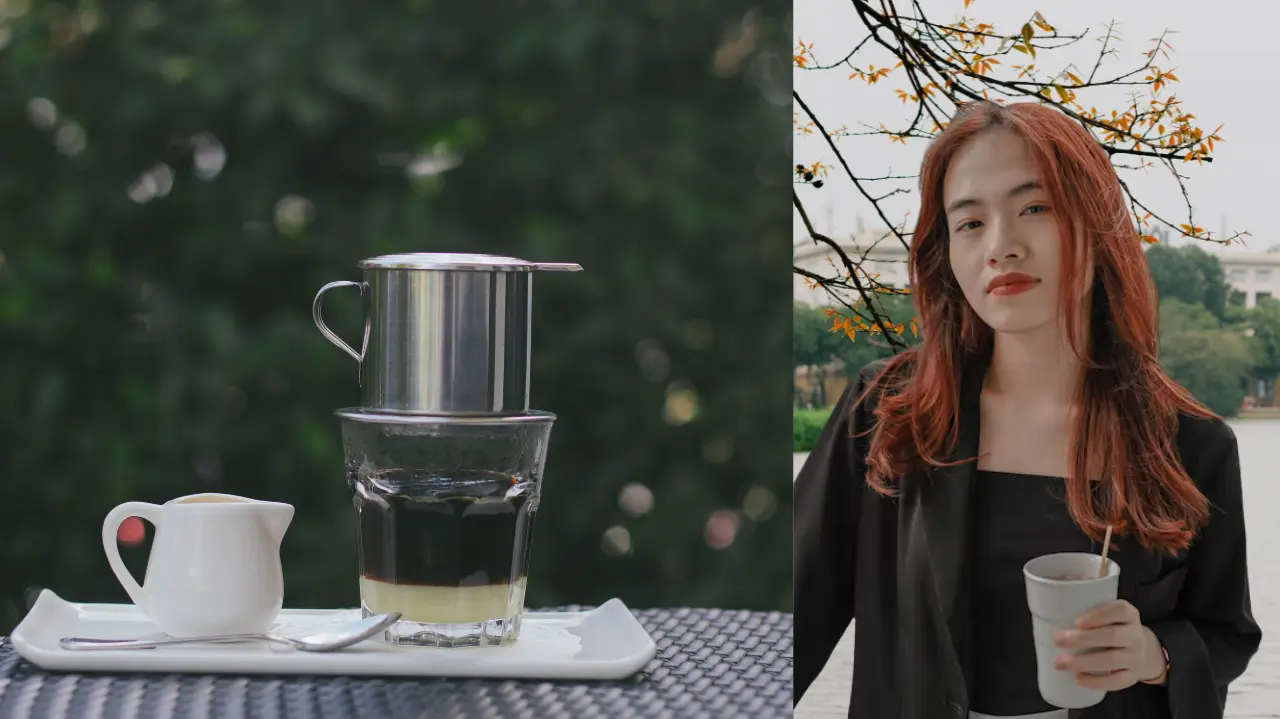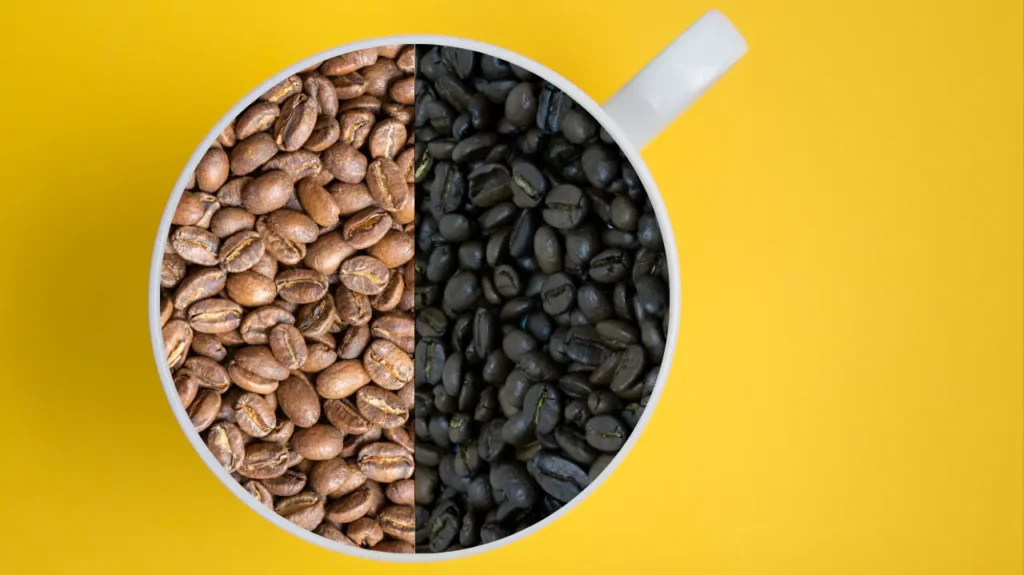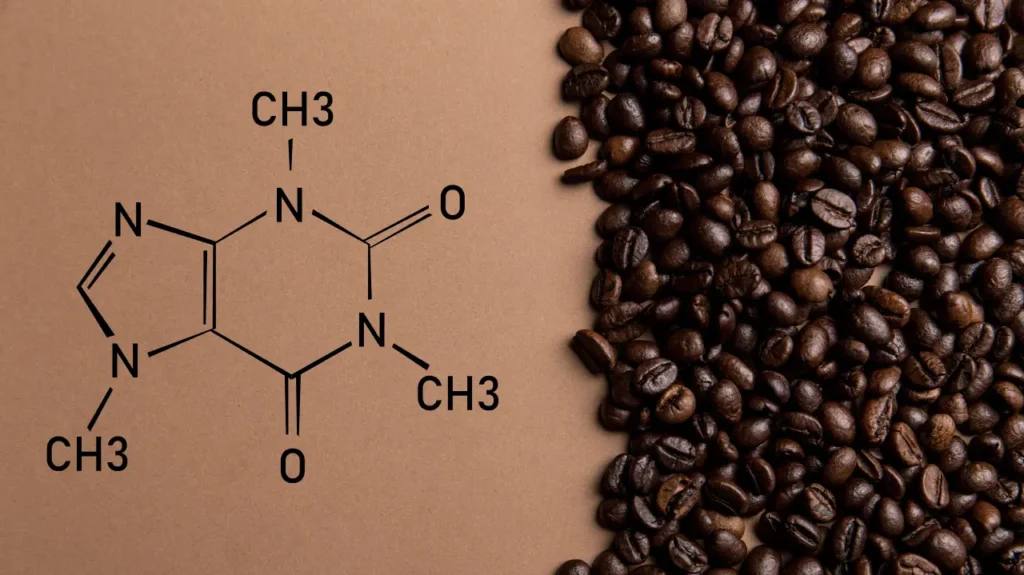Vietnamese coffee isn’t just bold in flavor; it’s a caffeine heavyweight. Fans worldwide love its intense kick, similar to how blonde coffee surprises with its caffeine punch.
But does it pack more caffeine?
The secret? Robusta beans. These beans have nearly double the caffeine of Arabica. Add Vietnam’s slow-drip phin filter method and get a more potent sip-for-sip brew.
But it’s not just about energy. This coffee is culture in a cup, sweetened with condensed milk, poured over ice (like iced coffee, but with a caffeine twist), and shared slowly.
Here, we’ll compare its caffeine to espresso, drip coffee, and more. Spoiler: Robusta and Phin Brewing make it a standout.
Does Vietnamese Coffee Have More Caffeine?
Yes, Vietnamese coffee does hit harder. Here’s why: It’s brewed with Robusta beans, which pack 2.7% caffeine, nearly double Arabica’s 1.5%. That’s science, not hype.
A typical 8-ounce cup? 100–200 mg of caffeine. Compare that to Arabica drip coffee (95 mg). The difference? Vietnam’s phin filter. This metal gadget drips hot water slowly, squeezing every last drop of caffeine, similar to how coffee extract maximizes potency.
But hold on, variances exist. Some blends mix Robusta with Arabica, dialing down the buzz. Adding condensed milk? It sweetens the deal but doesn’t touch the caffeine.
Bottom line: If you want a potent pick-me-up, Vietnamese coffee delivers. Just sip wisely; too much might leave you bouncing off walls. Balance is key.
Why Robusta Beans Pack a Punch
Robusta doesn’t play nice; it’s the caffeine king. These beans pack 2.7% caffeine by weight, nearly double Arabica’s 1.5%. Think of Robusta as the heavyweight boxer of coffee beans.
Vietnam knows this. As the world’s #1 Robusta producer, 9 out of 10 beans grown in its Central Highlands are Robusta. Rich soil and tropical sun create the perfect storm for these bold beans to thrive.
What does this mean for your cup? A standard 8-ounce Vietnamese coffee delivers 100–200 mg of caffeine. Arabica drip coffee? Just 95 mg. Robusta’s high caffeine isn’t just a number; it’s a feeling. One sip, and you’ll taste the difference: earthy, intense, and unapologetically strong.
Short story? Robusta’s caffeine punch is why Vietnamese coffee doesn’t mess around.
The Phin Filter
The phin filter isn’t fancy; it’s a simple metal cup with a perforated base. But this little gadget is the heart of Vietnamese coffee’s strength.
Here’s why: The phin brews slowly. Hot water drips through the coffee grounds over 5-7 minutes. This isn’t just brewing, it’s a caffeine extraction marathon. The longer contact time pulls more caffeine from the beans.
For example, a 2-ounce shot of Robusta brewed in a phin packs 66 mg of caffeine. Swap in Arabica? Just 25 mg. The pain doesn’t just highlight caffeine; it maximizes it.
Dark roasts, common in Vietnamese coffee, add smoky depth. But the real star? The pain’s 1:2 coffee-to-water ratio. It creates a thick, concentrated brew, no weak sips here.
In short, The Phin + Robusta = is a caffeine duo that’s hard to beat. Slow, steady, and seriously strong.
Vietnamese vs. Other Coffees
To understand how Vietnamese coffee compares, let’s look at a detailed comparison of caffeine content across different coffee types. The following table, sourced from detailed analyses, highlights the caffeine concentration per ounce and serving:
| Type of Coffee | Caffeine Content | Size of Cup | Caffeine per Serving |
| Vietnamese Coffee | 33 mg/oz | 2–4 oz | 66–130 mg |
| Espresso Coffee (Single Shot) | 75 mg/Shot | 1–2 Shots | 75–150 mg |
| Pour Over | 12–20 mg/oz | 8 oz | 90–160 mg |
| Cold Brew | 12–13 mg/oz | 16 oz | 197–213 mg |
| French Press | 13–17 mg/oz | 8 oz | 100–137 mg |
| Drip Coffee | 8–15 mg/oz | 8 oz | 65–120 mg |
| Instant Coffee | 8–10 mg/oz | 8 oz | 80–120 mg |
This table shows that Vietnamese coffee has a higher caffeine concentration per ounce, particularly when compared to drip or instant coffee, making it a potent option due to Robusta beans and concentrated brewing.
Health Benefits and Risks
Vietnamese coffee’s caffeine is a powerful ally if you respect it. But if you’re recovering from surgery, check caffeine guidelines first.
Studies suggest that 3–4 cups daily could lower stroke risk by 21%, thanks to caffeine’s heart-friendly perks. It’s not just about survival, though. That jolt sharpens your mind, fuels workouts, and even brightens your mood, like a natural cheerleader in a cup.
But here’s the catch: Vietnamese coffee isn’t subtle. A single 8-ounce mug packs 100–200 mg of caffeine. Four cups? You’ve hit the FDA’s daily limit of 400 mg. Cross that line, and the buzz turns sour: shaky hands, racing thoughts, or nights spent counting ceiling tiles.
For caffeine-sensitive folks, blending Robusta with milder Arabica beans softens the punch. Decaf options exist, but sacrifice the bold flavor, though decaf doesn’t always mean bland. The golden rule? Moderation. Enjoy the energy, but pace yourself. Listen to your body; it’ll tell you when to stop.
Vietnamese Coffee Culture
Vietnamese coffee isn’t sipped; it’s lived. It’s now a cultural heartbeat born from French colonial roots in the 1900s. Vietnam is the world’s #2 coffee producer, and its Central Highlands, with steamy tropical climates and volcanic soil, are Robusta’s paradise. These beans don’t just thrive here; they define a nation.
Step into a quán cà phê (coffee shop), and you’ll see why this brew transcends caffeine. It’s a social glue. Friends gossip over cà phê sữa đá, iced coffee sweetened with condensed milk. Adventurers try cà phê trứng, where whipped egg yolk floats like custard on rich coffee. The slow drip of the pain isn’t just brewing; it’s a shared pause in a fast world.
This ritual also answers, “does Vietnamese coffee have more caffeine?” culturally. Robusta’s boldness matches Vietnam’s resilient spirit. The pain’s patience mirrors how locals savor life. Every cup isn’t just fuel, connection, history, and pride brewed into one strong, sweet, unforgettable sip.
Global Appeal
Vietnamese coffee isn’t just trending; it’s rewiring the global coffee map. From Tokyo to Toronto, cafes are swapping espresso machines for phin filters. Why? The answer to “Does Vietnamese coffee have more caffeine?” is a resounding yes, and the world craves that boldness.
Robusta’s earthy, nutty flavor stands out in a sea of mild Arabica. The phin brewing method? It’s a game-changer. Slowly pulling oils and caffeine from the grounds creates a thick, aromatic, and unapologetically strong cup.
Too intense? Blends with Arabica soften the edge but keep the caffeine kick. Social media fuels the hype; TikTokers obsess over layered iced coffees, while wellness crowds cheer coffee’s brain-boosting perks.
From street stalls to Michelin-starred menus, Vietnamese coffee is no longer a secret. It’s proof that bold flavor and bold caffeine can win the world, one slow-dripped cup at a time.
Brew Vietnamese Coffee at Home
Want that bold, high-caffeine Vietnamese coffee magic? Let’s make it happen. First, grab a phin filter and a small metal cup with holes. Trust us, it’s worth the $10.
Start with Robusta grounds (2-3 tablespoons). Press them gently into the pan. Pour a splash of hot water to “bloom” the coffee, and wait 30 seconds. Then, slowly fill the phin with water. Let it drip… like, really slow. 5 minutes later, you’ve got a 2-ounce caffeine bomb.
Sweet tooth? Add 1-2 tablespoons of condensed milk before brewing. Stir, pour over ice, and boom, cà phê sữa đá, done right.
Pro tip: Robusta’s 2.7% caffeine means even a small cup packs a punch. Sourced beans matter; check Nguyen Coffee Supply for authentic Central Highlands Robusta.
Now sip, savor, and join the global coffee rebellion. No barista is needed, just patience and a phone.
Conclusion
So, does Vietnamese coffee have more caffeine? Absolutely. Robusta beans and the slow-drip phin filter team up for a caffeine punch that leaves Arabica in the dust. An 8-ounce cup delivers 100–200 mg, nearly double your average drip coffee.
But this brew isn’t just about strength. It’s a cultural icon, a global obsession, and a morning ritual that turns coffee into a connection. From Hanoi’s buzzing streets to your kitchen counter, every sip carries history.
Just remember: great power needs responsibility. Start with small servings if you’re new to Robusta’s kick. Love it? Brew it daily. Hate jitters? Mix in Arabica or sip slower.




